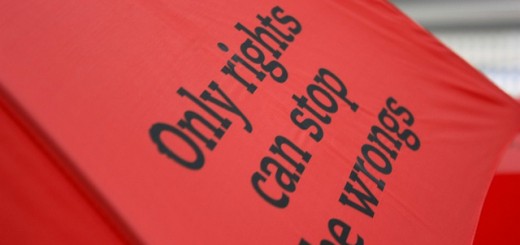R v Gibson: Breathalyzers v. “Straddle Evidence”
The SCC released its decision in R v Gibson, [2008] 1 SCR 397 [“Gibson“], on Thursday, April 17. The case split the SCC three ways: Charron J. wrote for the majority (Bastarache, Abella, Rothstein JJ. concurring); LeBel J. wrote a reasons concurring in result (McLachlin C.J. and Fish J. concurring) and Deschamps J. wrote a dissent (Binnie J. concurring).
The appeals related to s. 258(1)(d.1) of the Criminal Code, RSC 1985, c C-46, which establishes a rebuttable presumption that breathalyzer readings constitute proof that an individual’s blood alcohol concentration exceeds the legal limit permitted while operating motor vehicles. The issue was whether expert evidence which stated that the accused’s blood alcohol concentration may or may not have been within the legal limit at the material time, based on testing done after the fact which attempts to measure the accused’s actual rates of absorption and elimination, can rebut the presumption that the accused was driving impaired. This evidence is called ‘straddle evidence’ because the range of possible blood alcohol concentrations straddles the legal limit of 80 mg of alcohol per 100 ml of blood.
Charron J., for the majority, rejected that straddle evidence is capable of rebutting the s. 258(1)(d.1) presumption. In the majority’s view, straddle evidence does not tend to show that the accused’s blood alcohol concentration did not exceed the legal limit at the relevant time. Straddle evidence can only show, based on evidence about the accused’s pattern of consumption, that the accused consumed enough alcohol to exceed the legal limit, and this is the group that Parliament intended to target with this law. The fact that the quantity consumed might be somewhat different from that which could be extrapolated by a breathalyzer reading, based on individual absorption and elimination rates, is not enough to rebut the presumption. Instead, the presumption can only be rebutted by evidence that the accused’s blood alcohol limit did not exceed the legal limit.
Indeed, in Charron J.’s formulation, it is the very fact that absorption and elimination rates differ among individuals and at different times that the presumption is needed in the first place. Expert evidence based on actual tests would always have to acknowledge that absorption and elimination rates vary from time to time, and so it is never possible to measure an accused’s blood alcohol level with precision. Furthermore, it cannot have been the intention of the legislature, in attempting to combat drinking and driving, as requiring individuals – some of whom might be struggling with alcohol addiction – to submit to drinking tests in order to attempt to make out a defence.
LeBel J.’s held that straddle evidence can be relevant is not inherently inadmissible for the purpose of rebutting the presumption in s. 258(1)(d.1). That said, he also held that the probative value of the evidence will often be so low that it will fail to raise a reasonable doubt that the accused had a blood alcohol level exceeding the allowed amount – as outlined by Charron J., elimination and absorption rates vary even for individuals at any given time, and testing conditions cannot claim to reproduce unequivocally the same results as the accused would have had, had he been tested at the time he was charged.
Therefore, straddle evidence on its own will rarely raise a reasonable doubt as to the results of the breathalyzer test. However, it should be admitted and left to the trier of fact to determine whether the straddle evidence, considered in light of all the evidence, tends to raise a reasonable doubt as to whether or not the breathalyzer result was accurate.
Deschamps J., in dissent, would have found that straddle evidence which shows that the blood alcohol level of the accused at the time of the breathalyzer test did not exceed the legal limit, based on the actual elimination rate of the accused according to test results, is enough to raise a reasonable doubt. Scientific evidence exists that shows that a significant part of the general population generally metabolizes alcohol at a rate faster than 15 mg an hour, which is the midpoint of the range of elimination rates in the general population. Given this fact, it should be open to the accused to prove that he or she metabolizes alcohol faster than this. She held that a judge should acquit if the straddle evidence favours a blood alcohol level not exceeding the legal limit.
Deschamps J. agreed with Charron J. that requiring accused persons to submit to drinking tests should not be encouraged, but that such testing was not irrelevant or lacking probative value.






Join the conversation